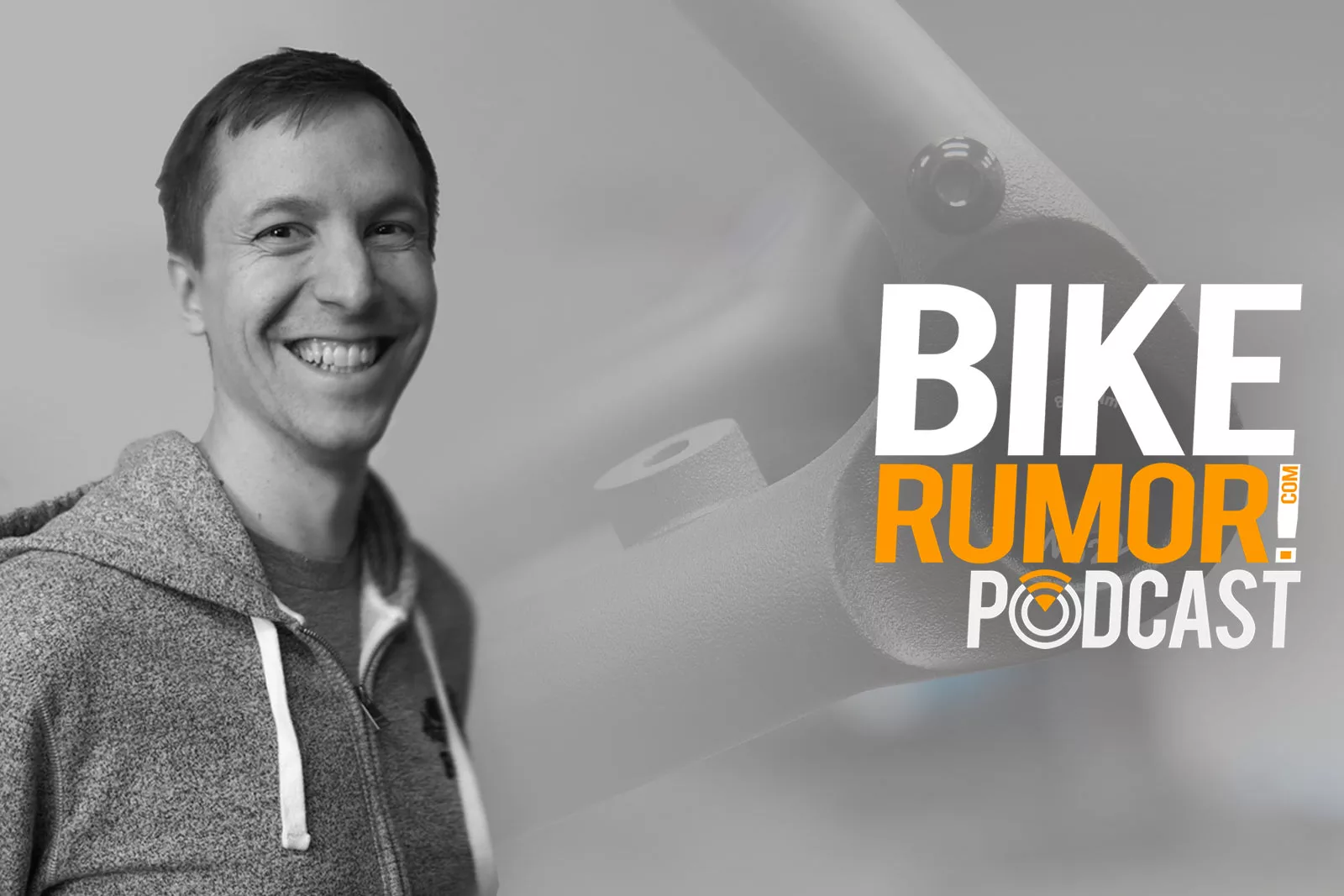No22 Cycles recently unveiled their gorgeous new 3D printed titanium dropouts, made for them by Silca, and they’re just the beginning of what they can do with this manufacturing process.
Besides being gorgeous, there are a lot of functional and economical reasons to use additive manufacturing. In this episode, they explain:
- how 3D printed ti bike parts are made
- how they’re made strong enough to handle rough riding
- why they’re a better solution than CNC’ing small parts
…and a whole lot more! Check them out at 22bicycles.com, and our full story about the dropouts for more details.
WANT MORE?
Find the Bikerumor Podcast on Apple Podcasts, Stitcher, Podbean, and through RSS, or wherever you listen to podcasts! Hit like, hit subscribe, and hit play! Can’t find it? Let us know which players you use so we can get them up to speed! And let us know who you want us to interview, just use this form to send us your suggestions!
FOLLOW BIKERUMOR
Keep tabs on all the latest bikes, wheels, components, gear and tech on The World’s Largest Cycling Tech Blog by following us on Facebook, Twitter and Instagram.
FOLLOW TYLER
Like us? Love us? Follow your host, Tyler Benedict, on Twitter, Instagram and LinkedIn
